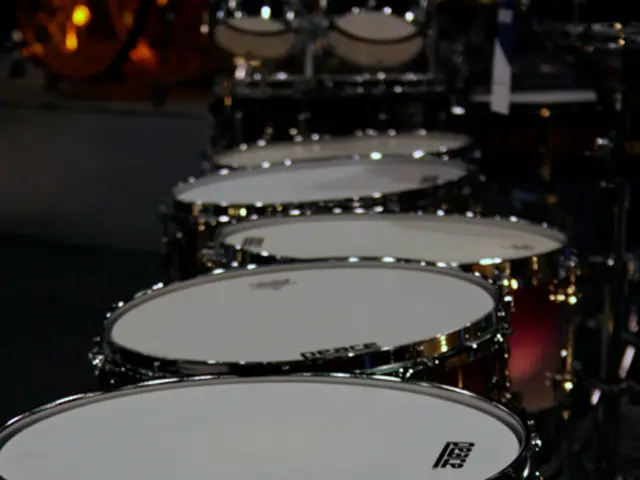Optimal Roofing Materials in Frigid Environments
When it comes to choosing the right roofing material for cold climates, durability, resistance to weather conditions, and energy efficiency are key factors to consider. Here's a breakdown of some of the most effective options available.
Metal Roofs: The Top Choice for Harsh Climates
Metal roofs are an excellent choice for harsh, cold climates. Their durability is unmatched, with a lifespan of 40 to 70 years. Metal roofs are resistant to snow buildup, ice damage, and strong winds, making them an ideal choice for areas prone to severe weather conditions.
Metal roofs are also highly reflective, which can improve energy efficiency in homes by reflecting sunlight. This property helps in reducing the risk of ice dams and heavy snow load damage.
Fiberglass Asphalt Shingles: A Cost-Effective Alternative
Fiberglass asphalt shingles are a cost-effective alternative to traditional asphalt. They maintain their structural integrity better in cold temperatures, thanks to their low moisture absorption and flexibility. This makes them a durable choice, especially under extreme cold conditions.
Concrete and Tile Roofs: Robust and Durable
Concrete and tile roofs are also robust and durable choices for cold climates. They provide good resistance to temperature extremes and maintain structural stability in cold weather. Their thermal mass helps protect against freeze-thaw cycles, although they are heavier and may require additional roof support.
Slate Roofing: A Worthwhile Investment
Slate roofing, although more expensive, is a worthwhile investment for cold climates. Its lifespan exceeds 100 years, and it is durable enough to withstand extreme weather conditions, including heavy snow and freezing temperatures. Slate roofing adds significant value to a home and requires minimal maintenance.
Synthetic Roofing: Durability Meets Aesthetics
Synthetic roofing materials, such as rubber or polymer-based shingles, are designed to mimic the appearance of wood or slate while providing superior durability and weather resistance. They are lightweight and easy to install, making them a popular choice. Many synthetic roofing options come with warranties that ensure long-lasting performance.
Additional Considerations
In cold climates, it's essential to consider factors such as local climate, budget, and the home's architectural style when choosing a roofing material. Proper underlayment is crucial when installing clay or concrete tiles in cold climates to prevent moisture buildup.
Other important considerations include the use of ice and water shields or ice barriers under shingles to prevent ice dam damage and leaks, proper attic ventilation to regulate temperature and moisture, and the use of reflective and insulated materials to reduce heat loss and prevent snow melting unevenly and refreezing as ice dams.
Investing in quality roofing materials can ensure that your home remains protected against the elements while providing comfort and safety for your family for years to come.
Science reveals that in cold climates, selecting the right roofing material is crucial for durability, weather resistance, and energy efficiency. Home-and-garden enthusiasts considering a lifestyle change may find fitness-and-exercise a suitable complement, as backyard greenhouses can double as fitness spaces during the winter, growing health-and-wellness produce during harsh weather.






